A hotshot paid Italy to build the Exner cars Chrysler wouldn’t
Luxury cars have long been a way for the seriously wealthy to display some one-upmanship. In the 1960s, one of the most extravagant was the short-lived Ghia L6.4, just 26 of which were made.
The man behind the project was Eugene Casaroll, who was a successful businessman at the start of 1929, before everything came tumbling down in the Wall Street crash. In the early 1930s, Casaroll found himself working on a car assembly line for 15 cents an hour. While there, he noticed suited salesmen constantly turning up to collect freshly built cars, which they would then drive to showrooms.
Casaroll hit on the idea of creating a company that employed drivers who would deliver these new cars to dealerships. He called it Auto Shippers, Inc. The concept was such a hit that before long he had a fleet of 130 custom-built transporter trucks that could carry eight cars at once. When the U.S. joined WWII in 1941, Casaroll signed lucrative contracts to transport military vehicles, including tanks. The name of his later effort, Dual Motors Corporation, was a nod to a massive, twin-engine rig employed in such transport.
When WWII ended and the postwar new-car sales boom got underway, Casaroll was in the perfect position to keep making money, and that’s exactly what he did. By the early 1950s, Casaroll was sponsoring a team in the Indy 500. In 1954 came a turning point in car design: the Virgil Exner–designed Dodge Fire Arrow IV.

The Fire Arrow IV looked incredible, and the 1.9 million show-goers who saw it gave it a universal thumbs up. Many were desperate to own something similar, but, unfortunately, Chrysler gave the concept a thumbs down. Casaroll decided that he would move into car production and build something along the same lines. Through his transport business, he had an existing relationship with Chrysler, and he used his contacts to buy the rights to the Fire Arrow IV’s design.
In 1955, Casaroll struck a deal with Italian coachbuilder Ghia to design and build a road-ready Fire Arrow IV, and by 1957 the Dual-Ghia Convertible was on sale, priced from a massive $7646 (about $86,000/£60,000 today), or $1000 more than a Cadillac Eldorado Biarritz. But the V-8-powered Ghia soon became the luxury car of choice for the wealthiest film stars, with Frank Sinatra and Ronald Reagan each buying one of these drop-tops.
Despite the high price, 117 Dual-Ghias were made between 1956 and 1958. At this point, Casaroll’s health was failing and his business was starting to falter, so he asked Dual Motors’ vice president Paul Farago to come up with an all-new car. That would become the L6.4 coupé, launched at the 1960 Paris Salon. The styling had been finalized by Virgil Exner, and Ghia hand-built all the cars. Each was fitted with a Chrysler 383-cubic-inch V-8 rated at 335 hp, with power sent to the rear wheels via a three-speed TorqueFlite automatic transmission.
Though the prototype was badged Dual-Ghia, Casaroll ducked out of the project once it was launched, and all production cars were sold simply as the Ghia L6.4. If the Dual-Ghia Convertible had been out of reach for most, the L6.4 was even more so; its launch price was a hefty $12,000 ($126,000/£89,000 today), but that soon swelled to $13,500 when the production costs hit home.
The Dual-Ghia Convertible was essentially a rebodied Chrysler, complete with a carried-over chassis. In contrast, the L6.4 was pretty much bespoke, with a chassis constructed by Ghia, albeit with Chrysler windscreen and running gear, including torsion-bar front suspension. A full seven inches longer than the Convertible, the L6.4 had a 115-inch wheelbase and was a generous 17.5 feet long.
Frank Sinatra took delivery of the first Ghia L6.4 in 1961, and over the next two years another 25 examples were made. But despite the high price, the profits were wafer-thin, and in 1963 Farago and Ghia decided to call it a day. It was an easy decision to make, because both were already at work on Chrysler’s Turbine Car, which was more lucrative and a lot less hassle.
Of the 26 Ghia L6.4s made, it is reckoned that just 17 have survived, meaning a third of those produced have bitten the dust over the past six decades. Automotive sacrilege of the highest order, especially when you consider that values have remained commensurate with the 6.4’s craftsmanship and scarcity. Today, Hagerty values them anywhere from $160,000 to $450,000, though one sold last August in Monterey for $665,000 (£537,000). Our feature car, another over-achiever, sold in Monterey seven years ago by RM Sotheby’s for $577,500 (£466,000). Expensive luxury never looked so good.

***
Check out the Hagerty Media homepage so you don’t miss a single story, or better yet, bookmark it. To get our best stories delivered right to your inbox, subscribe to our newsletters.


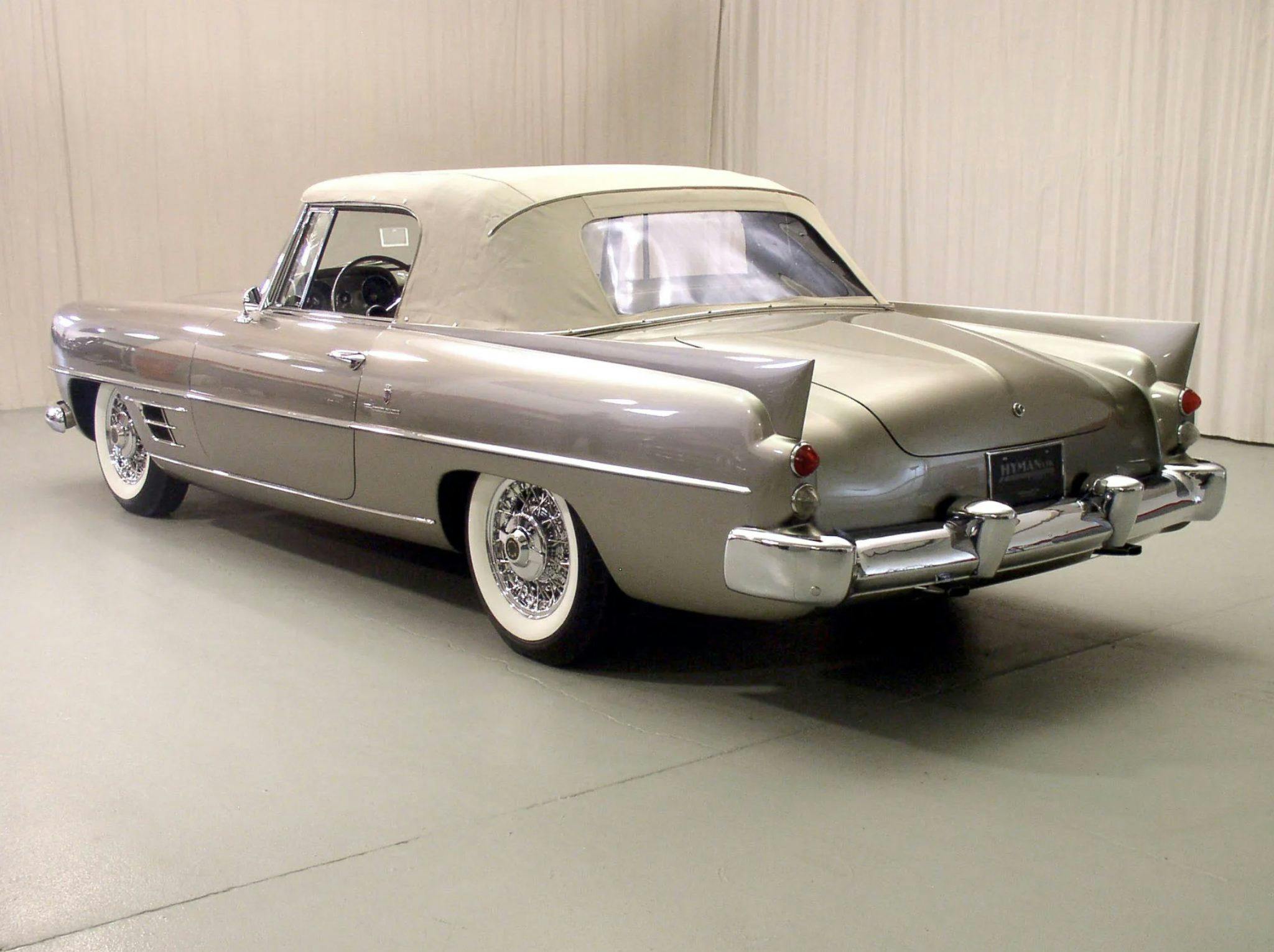


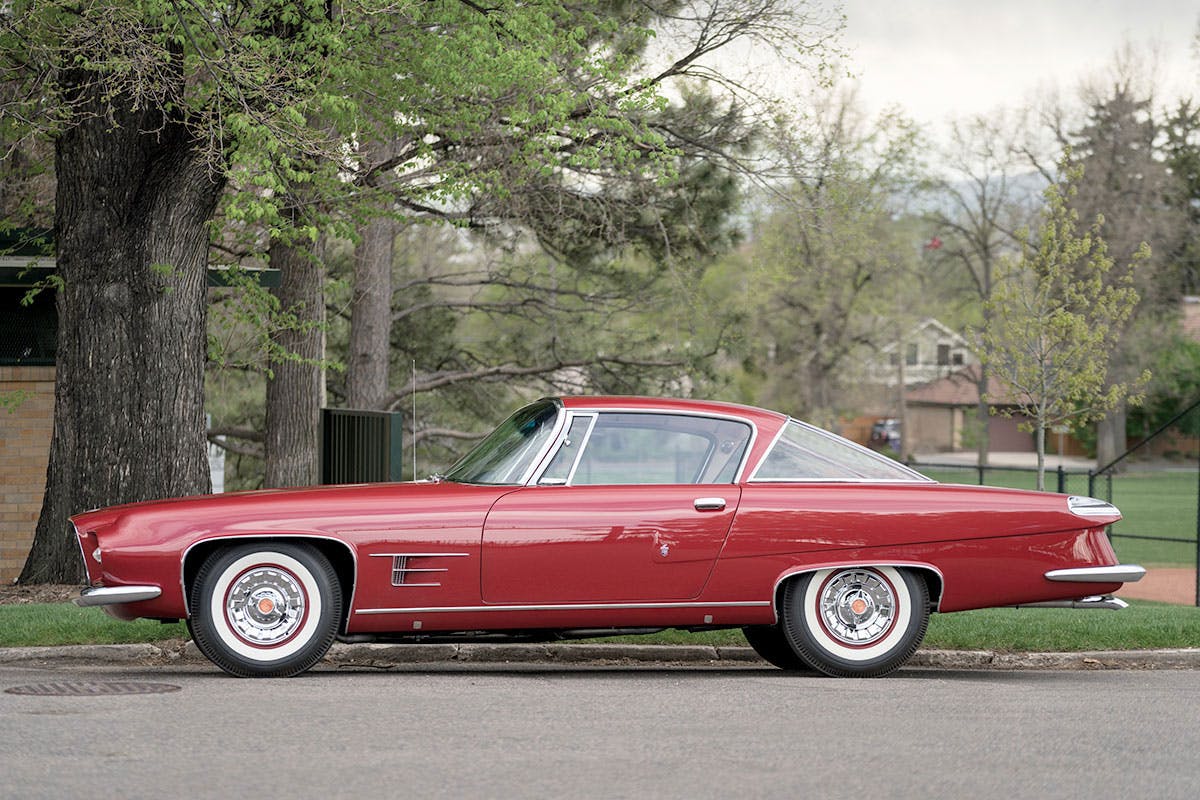
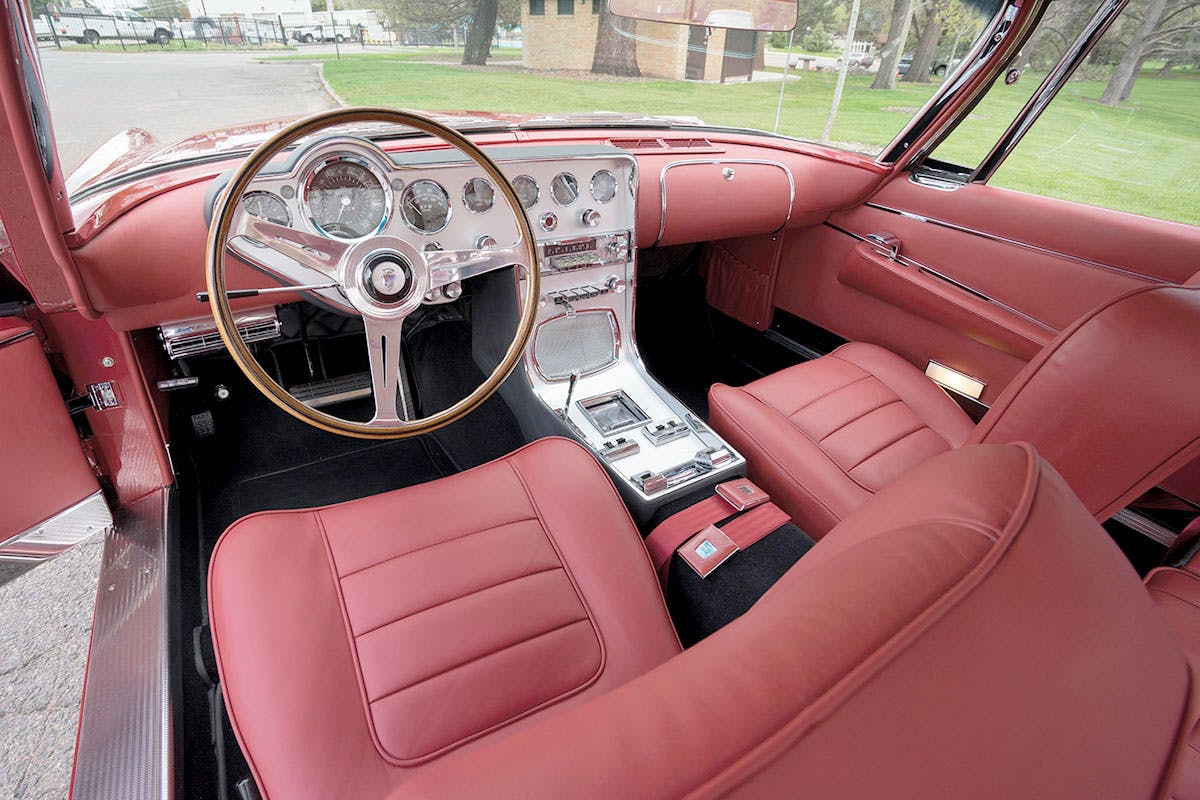
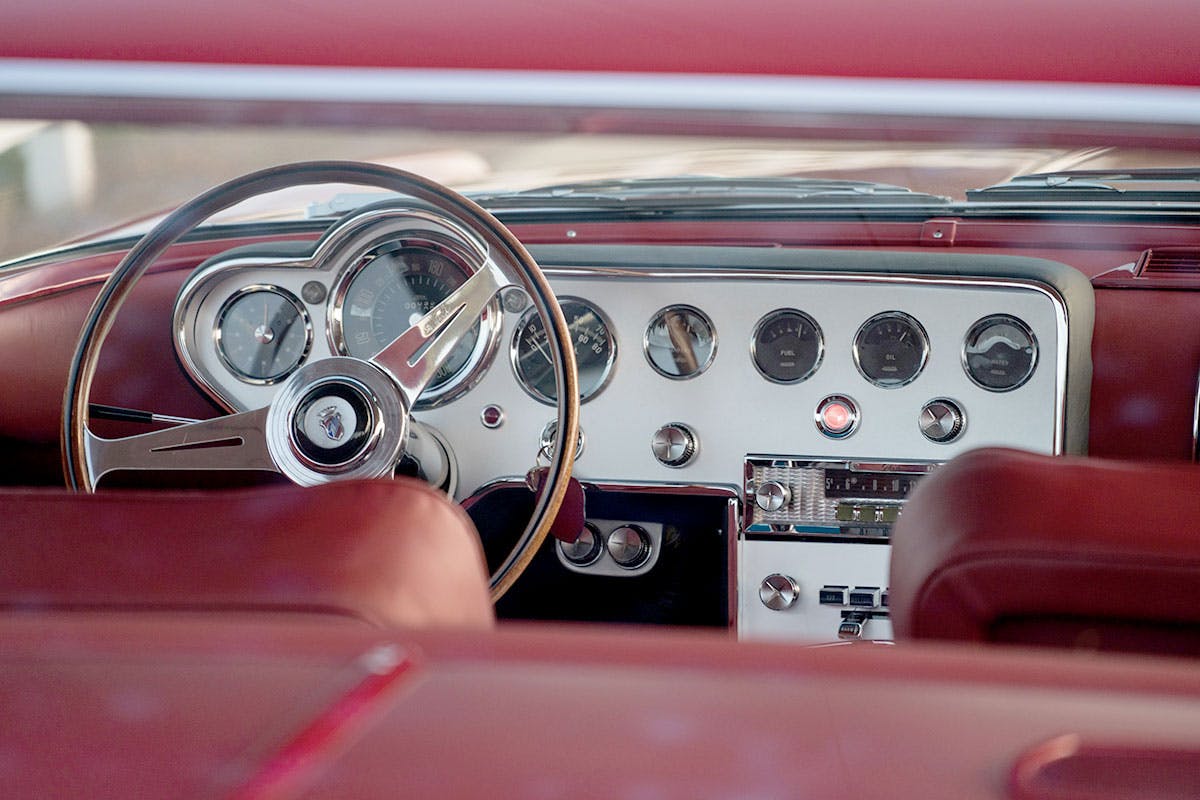
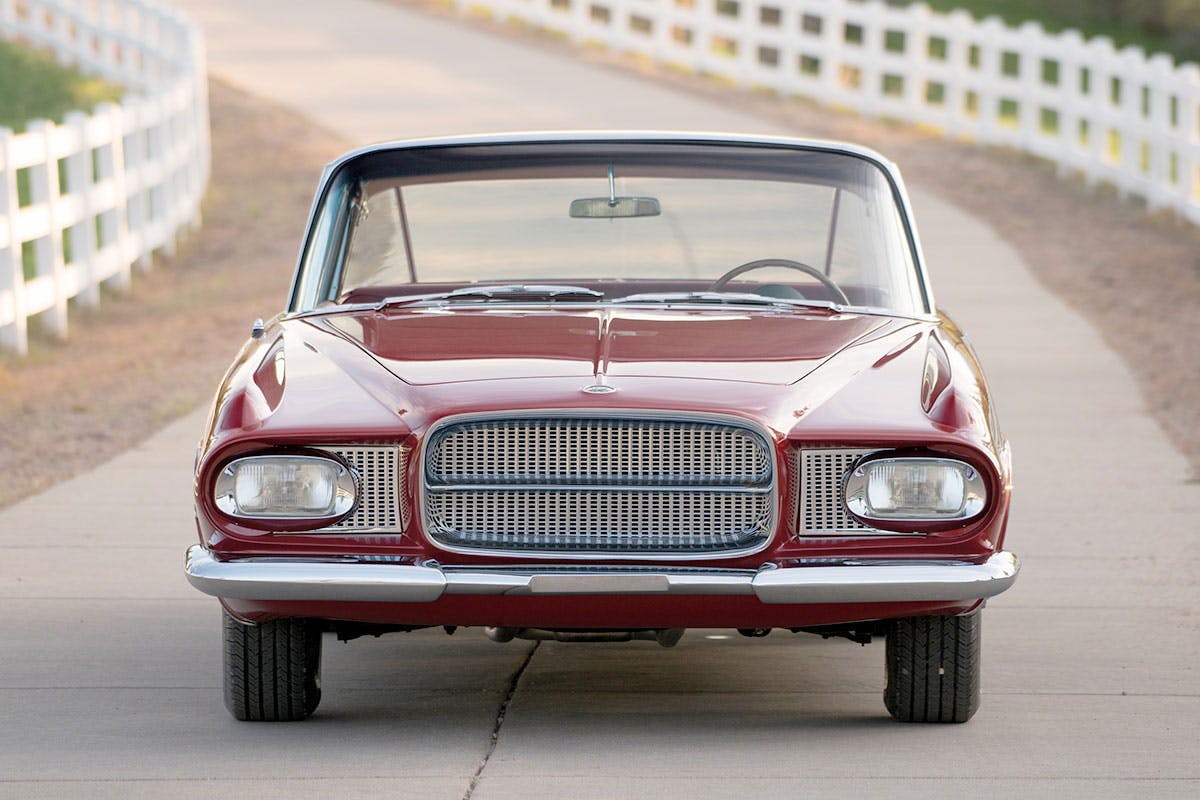
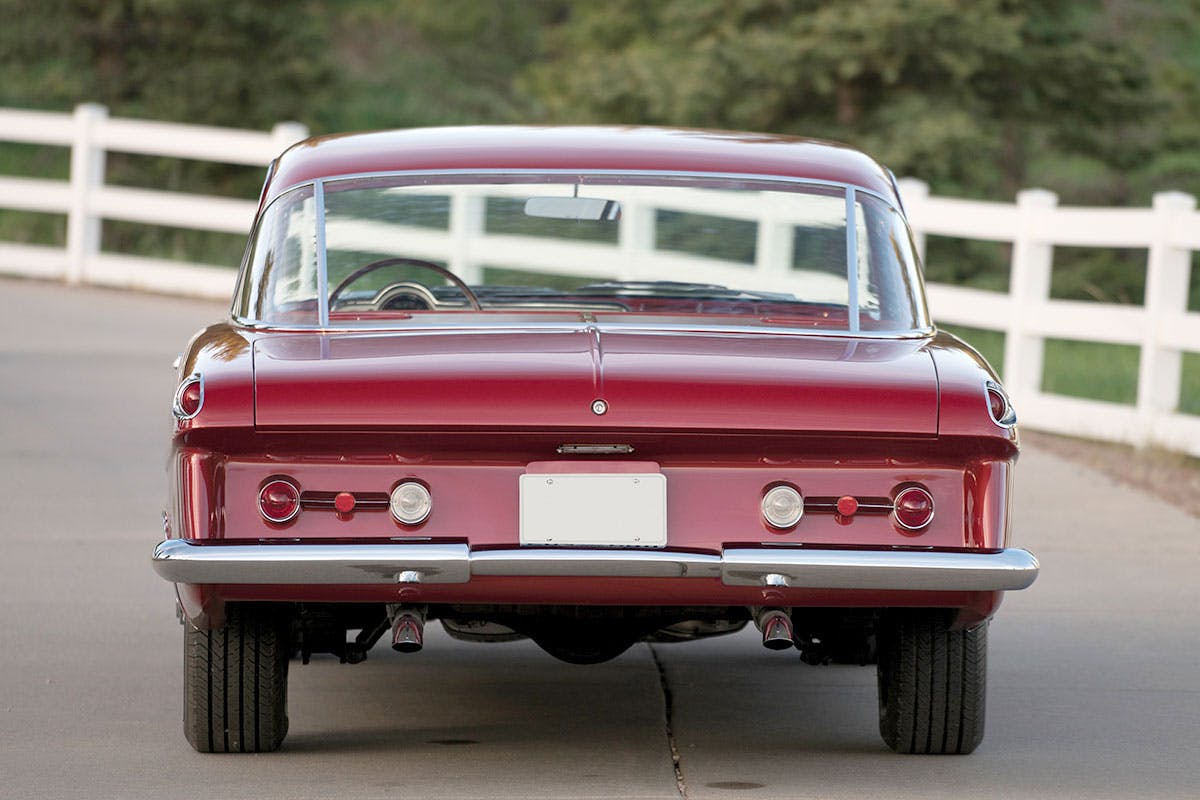

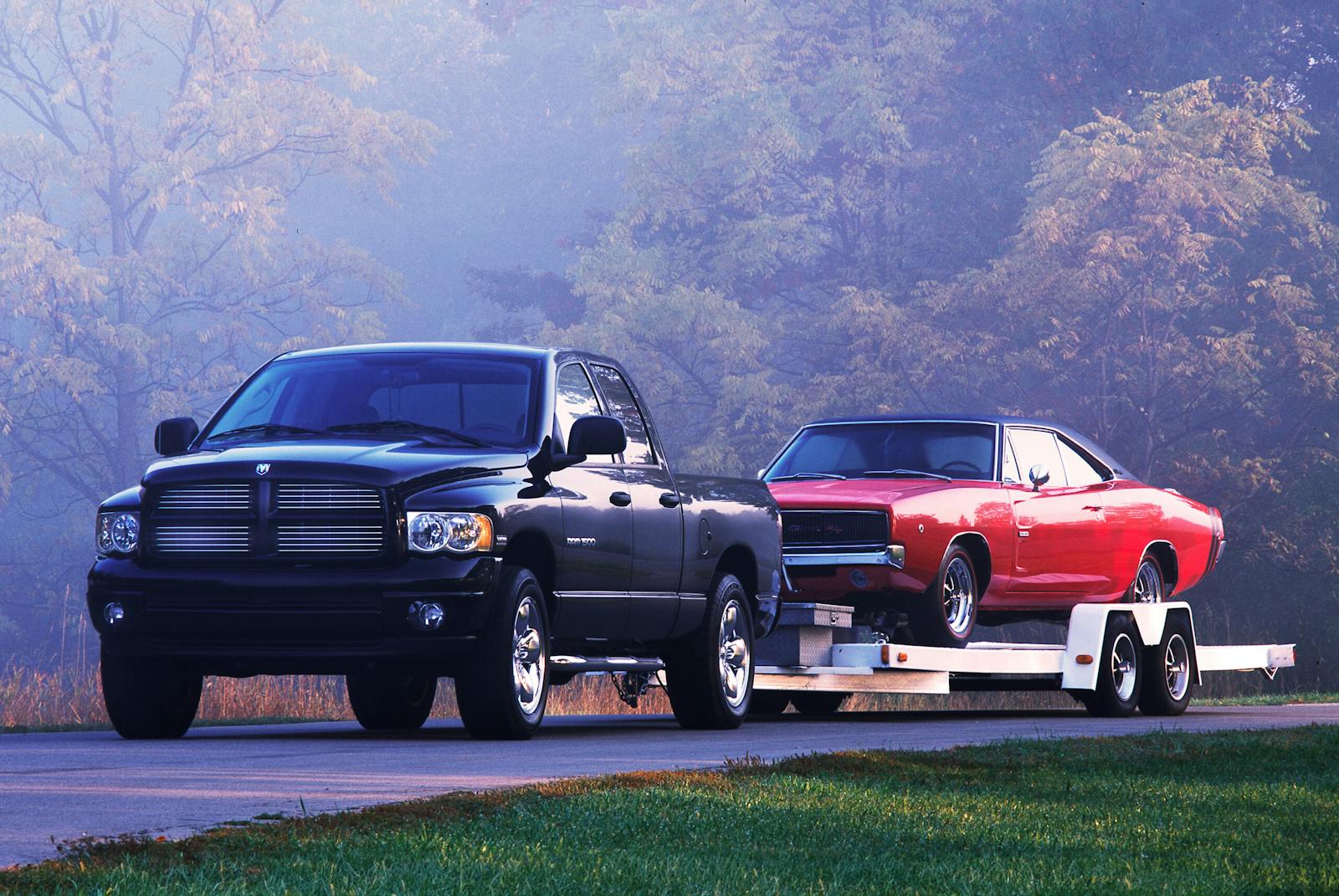
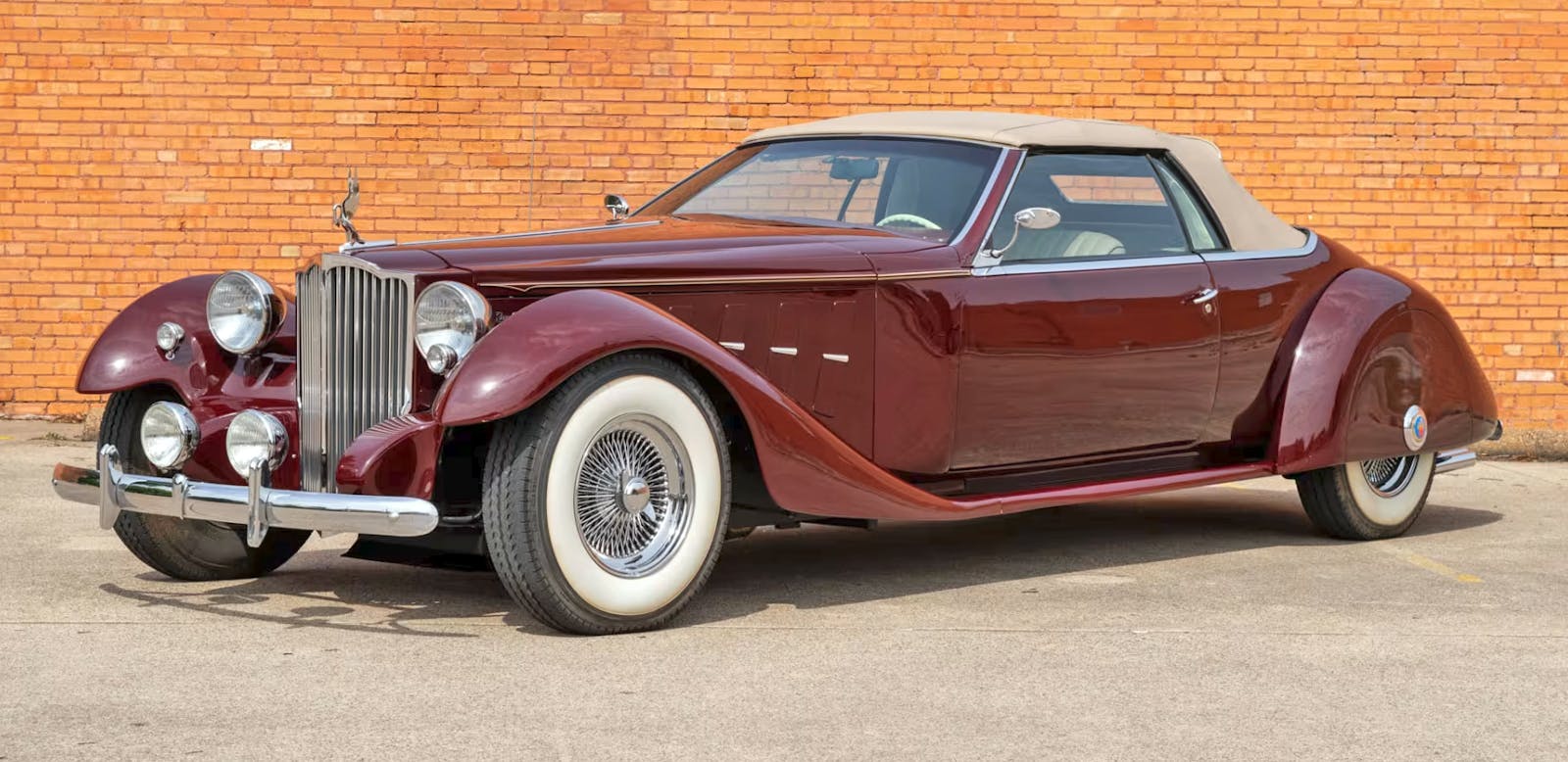
I’m old enough to remember the classic car designs of the 60s, and many of the best like the continental Mk II were not busy. Remember, the people who rode in this car wore tailored suits and little black dresses with a string of pearls. It was also a time of modern architecture and classic tulip chairs. Hard to imagine today what “good taste” meant then.
I had the pleasure of seeing one of these L6.4 coupes in person at a prominent classic-car dealership in the mid-west while at a car club event. It is stunning from every angle, and the rear is great-looking with the chromed-in tail lamps. It’s a great design that has given away nothing with age. -RDM
Here’s a link to a picture of the Dual Motors truck.
https://assets.rebelmouse.io/media-library/tractor-and-supertrailer-hauling-b-24-tail-cones-through-detroit.jpg?id=30904793
wonderful cars
wonderful cars i own both of them
That’s one ugly s.ob. The proportions are whack.
Tell me about the very beautiful GHIA 450SS
The Firearrow 2, and 3 weren’t bad either and very much in the same styling groove. The 2 was pretty spectacularly-well designed with interesting design features. It was almost as if 2 was designed to be beautiful, but impractical to make (no back seat, same llloooonnnngggg body). 3 looked a little more production-ready and included such production necessities as a radio antenna, windshield wipers, rear view mirror, a back seat, working convertible top, rtc. Firearrow 4 looked like a production car. EVERYTHING that would have been needed on a production car was present and accounted for. This was the “fin era” and everybody making cars without fins was taking a big chance the cars would not be popular without fins. The Firearrow 4 is much better-looking than the production Dual Ghia BECAUSE it did not have fins. In-period, even Mercedes produced some cars with fins. But the fins added to the Dual Ghia were among the worst-looking fins ever put on a car in the 1950s. Mostly because they were added to a car that was designed without fins.
The Firearrow 2… worth having a look https://robbreport.com/motors/cars/1954-dodge-firearrow-ii-rm-sothebys-monterey-auction-1234623893/